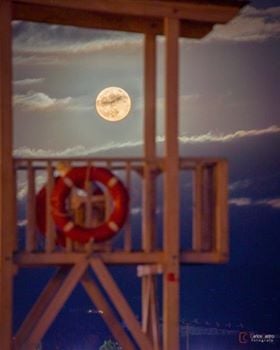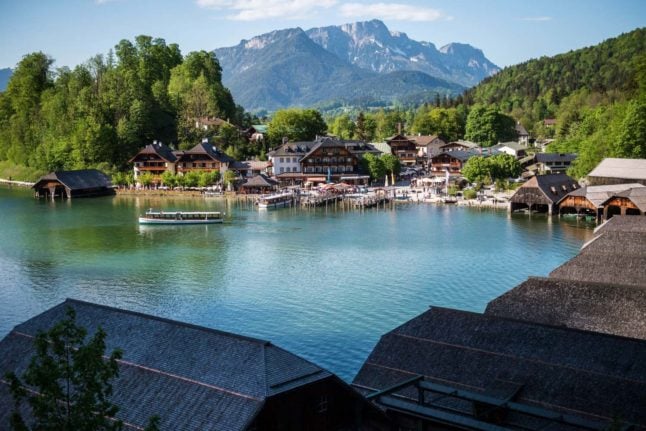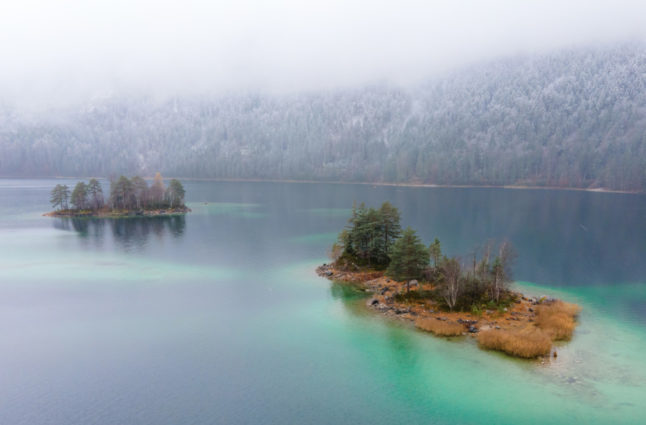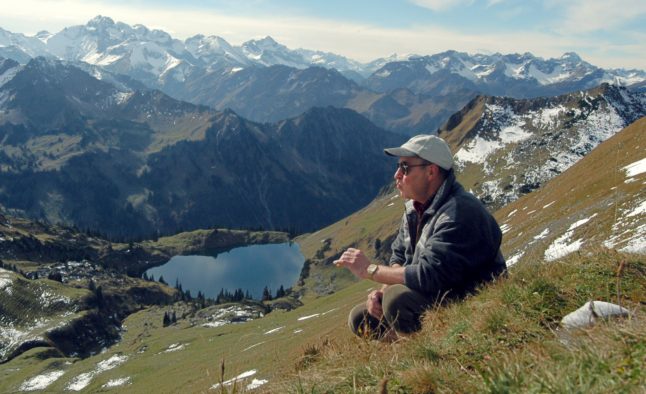February’s full moon is known as the “snow moon” as a result of the heavy snowfall that often occurs at that time of year.
And because this year's February full moon was one of three supermoons to be seen this year, it was dubbed the “super snow moon”.
Supermoons occur when the Moon’s orbit brings it to the closest point to Earth while the Moon is full.
The Moon appeared about 7 per cent larger and 15 per cent brighter to observers, although experts insist the difference is barely noticeable to the human eye.
It made its closest approach to Earth since 1948 last year and it will not be that close again until 25 November 2034.
Luckily the skies were clear across most of Spain during Monday night which meant photographers were out late into the night to capture the rare sight.
Here are some of The Local's favourites from across Spain.
This beautiful time-lapse video captured the phenomenon over Madrid's Cuatro Torres – four towers – business district.
Un año más las aves acuden a sus dormideros al tiempo que la gran luna llena levanta el vuelo sobre la ciudad de Madrid.#LunaLlena #lunadenieve #SuperLuna #fullmoon #moon#BetterTravelTogether@aquilatierratve @jacobpetrus_tve @tiempobrasero @SEO_BirdLife pic.twitter.com/T3qOQb7znP
— Pedro Alvera (@pedroalvera) February 19, 2019
Así salía la #LunaLlena entre las Cuatro Torres de #Madrid.
Preciosa como siempre?…No hace falta ponerle nombres extravagantes, ni #LunadeNieve , ni #superlunadenieve ?
Mucha calima y suciedad en el aire impidieron verla salir del todo.@PlanetarioMad @SonyEspana @esa_es pic.twitter.com/NDR7HVPSMD— Jmartinezmoran (@jmartinezmoran) February 19, 2019
Here it is seen from another viewpoint in Madrid. This time the Torrespaña (aka El Piruli), the RTVE communications tower just off Calle O'Donnell.
From elsewhere in Spain, the supermoon looked just as stunning.
Here it is above the Sagrada Familia basilica in Barcelona.
Providing the perfect backdrop to this hilltop castle in Catalonia:
And here it is viewed behind a windmill in Castilla-La Mancha.
The super snow moon with the silhouette of a windmill was a popular theme on social media.
This dreamy shot was taken in Navarra.
Watching it rise above Galatzo mountain in Mallorca was a treat.
This final one was sent in by a reader in Caleta de Veléz. Great photograph on the beach taken by Carlos Castro Garcia.






 Please whitelist us to continue reading.
Please whitelist us to continue reading.
Member comments